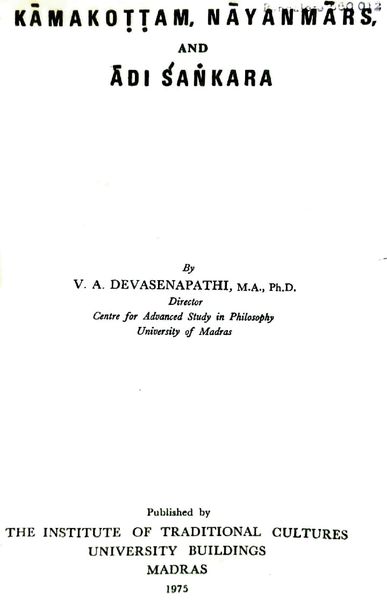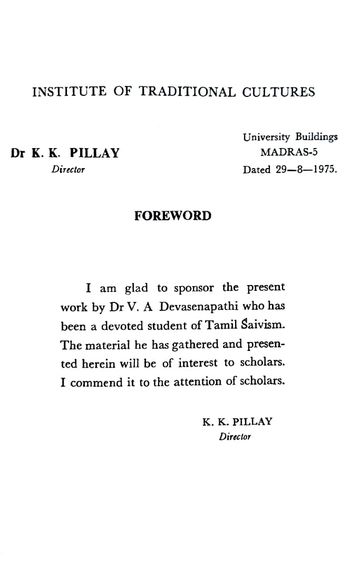Pushpagiri Matha
The Pushpagiri Matha also has a traditional connection with Malayala Brahman. The following is the relevant information about this connection :-
1. Every year on the day of Bahula Dvadasi in the month of Phalguna, there will be an Aradhana of Sri Malayala Brahmendra-Swami in the Pushpagiri Matha. This will be performed on the same linės as aradhana to the preceptor of the Acharya of the Matha, with special attention of bhakti and sraddha. This is said to be a ‘parampara acharam’. Thus there will be two aradhanas, one for the guru of the presiding acharya of the Matha and the other for Sri Malayala Brahmendra.
2. As per the records of this matha, this Malayala Brahmendra Swamivaru has got another name Sringara Bhatta. The records show that the aradhana is written as ‘Sringara Bhatta Aradhana’.
3. During the course of daily puja there will be no mention of Sringara Bhatta. But on every Friday mention of Sri Malayala Brahmendra Swami is made as shown below :-
Sankalpam:-
“Sri Malayala Brahmendra, Mahakali, Maha-sarasvati, Chandi Navakshari, Sri Sarada Chandramaulisvara devatapujam karishye.”
Mantrapushpam:-
During the offering of mantrapushpam the names of the same deities as aforesaid are uttered.
At the end of the puja also the names of Malayala Brahmendra, Mahakali etc., are repeated.
The above information is the translation of the Telugu version of manual of rituals found in the Pushpagiri Matha.
(Sri Vidyaranya, The Vidyaranya Vidya Pitha Trust, Hampi, Publication no.3, 1983)


